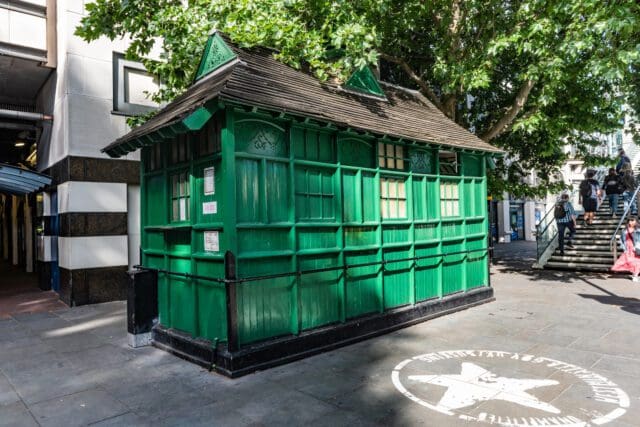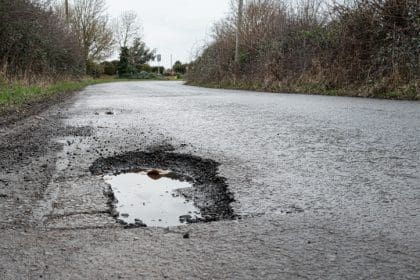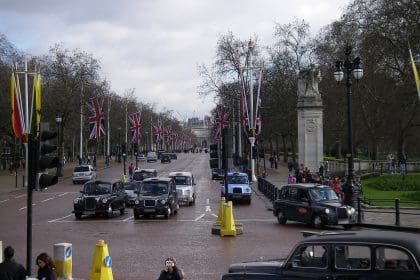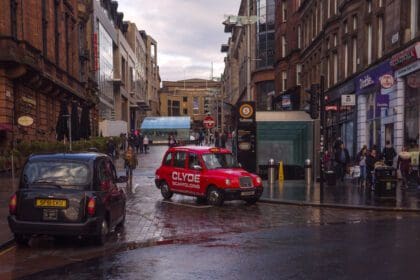Taxi drivers have seen it all, and so have historic taxi shelters which began life as a refuge for drivers to tie up their horses and carts . . . and today welcome modern cabbies charging their EVs.
About 60 of the green wooden shelters were built across the capital – the last one created in 1950 – and just 13 survive today. But they still offer drivers somewhere to rest and grab something to eat and drink. They played such an important part in the history of the industry and the city that they all have Grade II-listed building protection.
Landmarks
Historic England director Nicola Stacey said: “These are unique London landmarks as well as an ingenious Victorian solution to the frenetic city streets. Today they’re still a sanctuary for the London cabbie community.”
Despite being a refuge for cabbies, it wasn’t a taxi driver who came up with the idea. Instead, it was conceived by Globe newspaper editor Capt George Armstrong after he was unable to get a cab home during storm because the drivers were taking shelter in pubs nearby and weren’t allowed to leave their carriages unattended at the rank. Instead, they tied them up to pub railings while avoiding the weather.
Each shelter had a small kitchen and space for about 10 drivers to sit and eat a meal. Today, only those who have passed The Knowledge can sit inside, although some shelters offer takeaways to the public.
Conservation
Colin Evans, a licensed taxi driver for 50 years and a trustee of the Cabmen’s Shelter Fund, said: “We know how special the shelters are, but we need the London taxi trade and public’s support more than ever so that this important part of our heritage and working-class history lives on.”
As well as providing shelter so they could be easily summoned to take a fare, the shelters were also great hubs for ideas and innovations, as well as somewhere drivers could socialise.
Historic England listing advisor Luke Jacob told the Guardian: “Full of intrigue, history, tea and bacon sarnies, London’s well-loved cabmen’s shelters are distinctive relics of the horse-drawn age in the capital.
“Originally built from 1875 for the drivers of London’s hansom cabs, they continue to serve both passersby and cab drivers on the ranks today.”
Sanctuary
Driving a taxi can be a solitary experience, with sometimes only a few seconds shared with fellow cabbies at a rank before the next fare arrives. And from drunk and difficult passengers to road rage, near misses and accidents, taxi drivers can experience a range of incidents and emotions during any shift.
Like any industry, people need support and guidance from colleagues who share similar experiences and know what they are going through. They could also come up with ideas that could benefit other drivers.
Unlike in an office where staff can bounce ideas off each other, drivers operate alone in their cabs, so it is a boost to be able to mix with and help fellow cabbies in what is still a close-knit community, whether they are worried about money, work-life balance or getting ready to make the switch to an EV cab.




